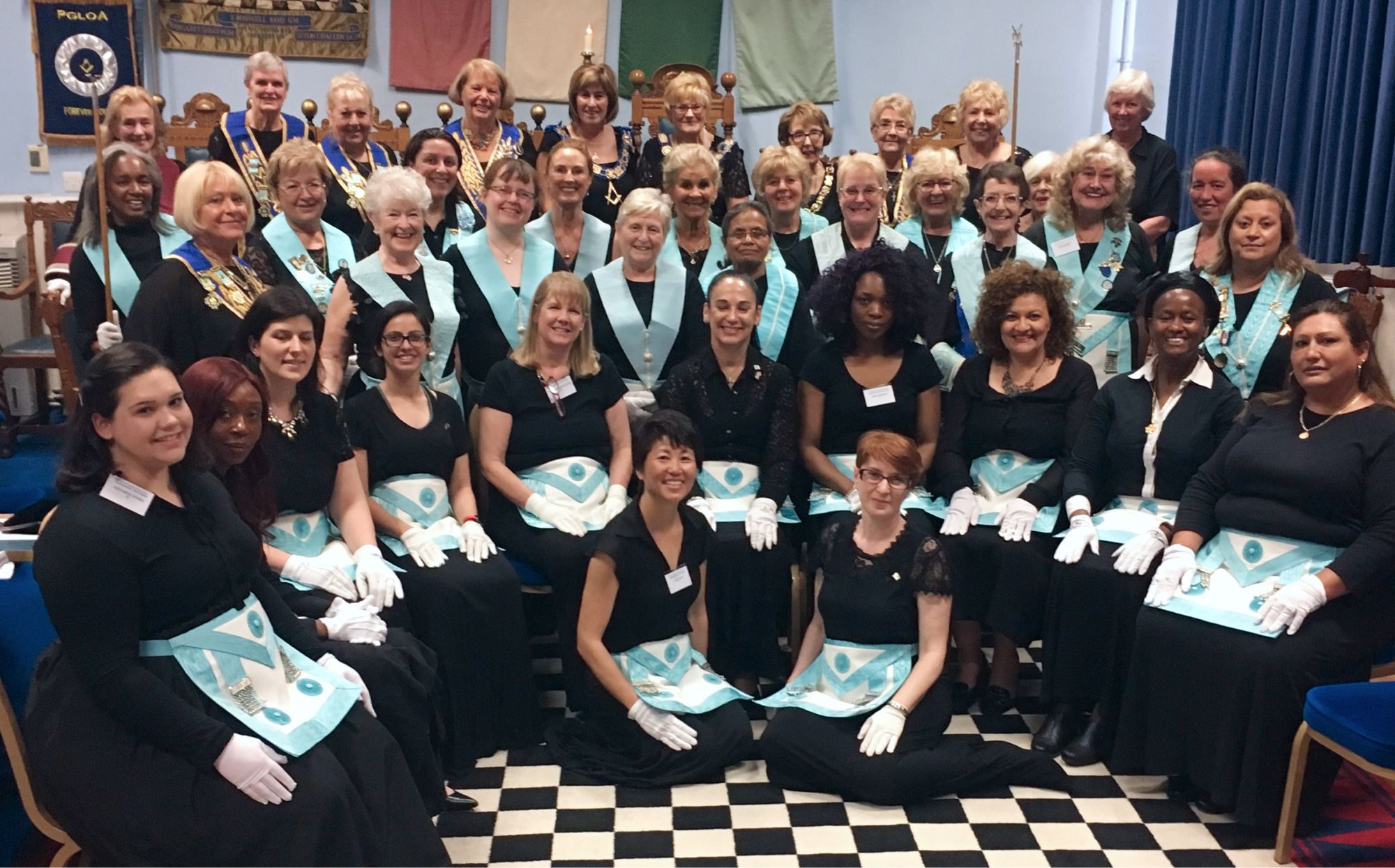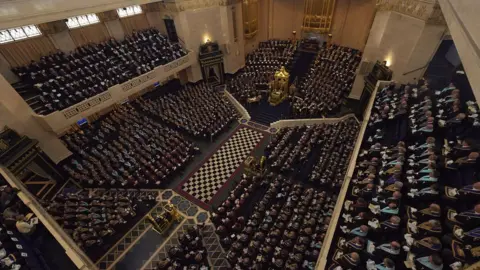Unveiling the Key Benefit of Joining Freemason for Lifelong Connections
Unveiling the Key Benefit of Joining Freemason for Lifelong Connections
Blog Article
Discover the Tricks Behind the copyright and Their Impact on Society
The copyright, commonly shrouded in misconception and supposition, offers a fascinating case study of how historical ideals can morph into modern conspiracy concepts. As we explore its origins, impact on innovative idea, and representation in contemporary society, we start to reveal the layers of intrigue that continue to mesmerize culture.
Origins of the copyright
The copyright, typically shrouded in secret and conjecture, traces its origins back to the late 18th century. Established in 1776 in Ingolstadt, Bavaria, the group was started by Adam Weishaupt, a teacher of canon legislation. Weishaupt aimed to promote Enlightenment worths, consisting of reason, secularism, and the separation of church and state. Recognized as the Bavarian copyright, the company's main objective was to respond to the pertinent influence of spiritual conviction and promote intellectual discussion among its members.
The copyright embraced a hierarchical framework, drawing ideas from Freemasonry, which enabled for deceptive meetings and routines. Membership was selective, including influential numbers from various areas, including national politics, viewpoint, and scientific research. This elite network sought to impact social and political modification via clandestine methods, promoting for the civil liberties of individuals and the improvement of society.

Trick Myths and Misconceptions
Among the attraction of secrecy bordering the copyright, many misconceptions and misconceptions have actually emerged, often misshaping the group's true nature and purposes. One prevalent myth suggests that the copyright manages the globe's governments and economies. While it is real that the team intended to affect social structures, the notion that it operates as a cohesive worldwide creature master is greatly overstated.
Another common misunderstanding is that all members of the copyright have huge wide range and power. In truth, the original copyright made up intellectuals and Knowledge thinkers, most of whom sought reform as opposed to dominance. Furthermore, the idea that the copyright exclusively recruits celebrities and political figures is deceiving; membership has historically included a varied selection of people.
Additionally, conspiracy theory concepts commonly paint the copyright as a sinister organization bent on international supremacy through dubious means. This representation ignores the group's original purposes, which fixated promoting rational idea and combating religious oppression. The conflation of the copyright with modern conspiracy theories continues misunderstanding, covering the historical context and evolution of the team's suitables. Thus, dividing fact from fiction is essential for a more clear understanding of the copyright's function in society.
Historical Impact on Society
Throughout background, different intellectual movements have greatly influenced social structures, and the copyright played a significant function during the Knowledge. Established in 1776 in Bavaria, the copyright aimed to advertise factor, secularism, and the doubting of developed authority, responding to the supremacy of religious dogma. This company brought in significant thinkers and supporters of liberty, promoting a setting helpful to the circulation of Knowledge ideals.
The copyright's ethos championed reasonable idea and empirical evidence, which contributed to the more comprehensive intellectual landscape that encouraged social reform and political modification. Members sought to improve culture by advocating for education, freedom of speech, and the splitting up of church and state. Their private nature and ambitious program stimulated both intrigue and uncertainty, leading to their eventual suppression by the Bavarian federal government in 1785.
Regardless of their dissolution, the heritage of the copyright persisted, affecting cutting edge movements across Europe and the Americas (join freemason). Their commitment to enlightenment principles assisted prepare for modern-day autonomous perfects and human rights, leaving a long lasting imprint on the foundations of contemporary society. The appeal of their secretive events and thoughtful quests remains to astound the creative imagination, emphasizing their historic value
Modern Interpretations and Beliefs
Contemporary interpretations of the copyright frequently blend historic truth with conspiracy theories, developing a complicated tapestry of click here for more info beliefs that capture preferred creative imagination. While the original copyright was a Bavarian secret society started in 1776 with Knowledge ideals, modern-day ideas have advanced to include a broad array of analyses, typically concentrating on motifs of control and secrecy.
Many supporters of copyright theories insist that a powerful elite adjusts worldwide events, affecting politics, business economics, and culture to offer their rate of interests. This viewpoint is often fueled by a question of governmental and monetary institutions, bring about the belief that an undetected hand orchestrates societal end results. The web has actually enhanced these analyses, with social media platforms offering as productive ground for the circulation of conspiracy theories.
In addition, some contemporary analyses posit that the copyright works as an allegory for the struggle between knowledge and lack of knowledge, with advocates advertising recognition and crucial reasoning as a means to counteract viewed fascism. This duality-- seeing the look here copyright as both an actual and symbolic entity-- highlights the ongoing attraction with the concept, showing deeper societal anxieties about power, transparency, and private autonomy in the modern world.
The copyright in Pop Culture

In literature, writers like Dan Brown have actually made use of the copyright to weave intricate plots full of thriller and historic referrals, triggering public attraction. Movies such as "Angels & Demons" and "The Da Vinci Code" further enhance this appeal, illustrating the copyright as a company with far-ranging try this out impact.
Songs, also, has actually been affected by the principle of the copyright. Musicians like Jay-Z and Beyoncé have actually encountered supposition concerning their associations with the culture, triggering conversations regarding significance in their work and the nature of fame.
Visual art frequently incorporates copyright motifs, with artists utilizing icons like the Eye of Divine superintendence and the pyramid to stimulate a feeling of secret. With these various mediums, the copyright offers not just as a topic of conjecture but also as a lens through which culture examines its own intricacies and anxieties.
Verdict
To conclude, the copyright represents a fascinating intersection of Knowledge suitables and contemporary social anxieties relating to power and control. While its historical influence on cutting edge motions and democratic concepts is significant, the myths and mistaken beliefs that have arised commonly eclipse its real tradition. The enduring intrigue bordering the copyright, especially within pop culture, highlights continuous anxieties concerning transparency and authority, making certain that this enigmatic team remains a topic of both scholarly passion and public fascination.
Report this page